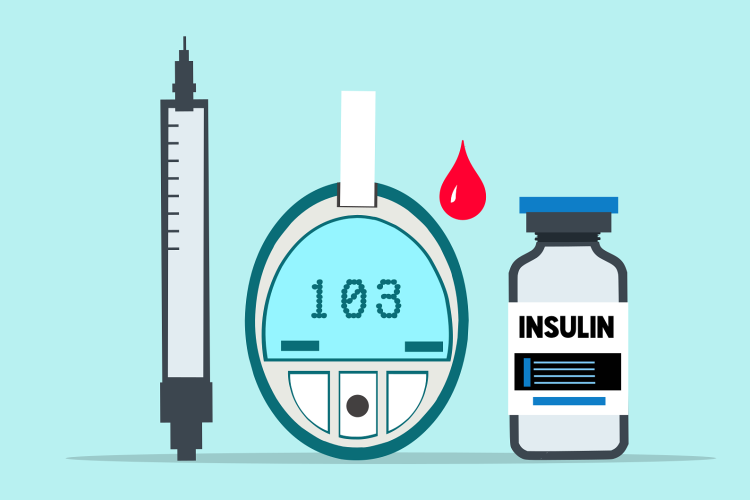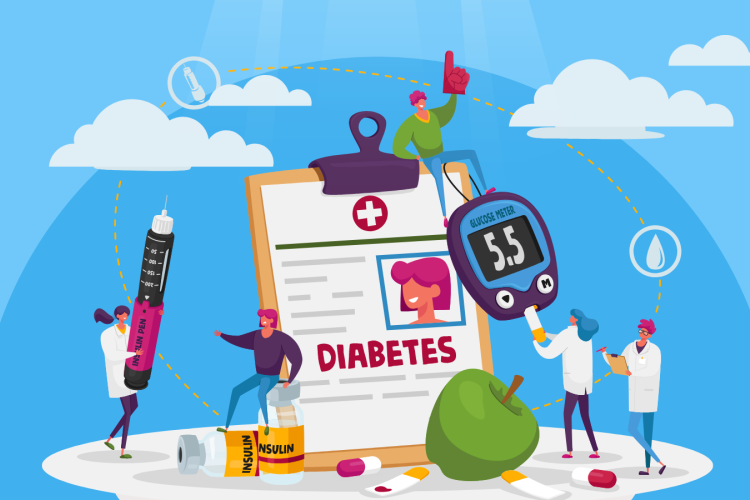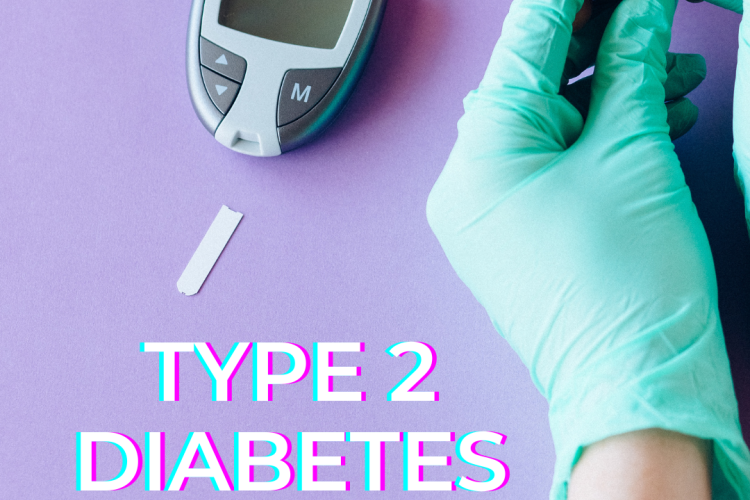When it comes to understanding diabetes, it's crucial to know that there are several different types. The two main forms of the disease are type 1 and type 2 diabetes. Both share the fundamental issue of high blood glucose levels, but their causes, symptoms, risk factors, and treatments differ substantially.
Diabetes affects how your body processes glucose, the main source of energy for your cells. There are two main types of diabetes: type 1 and type 2. While both types of diabetes can lead to high blood sugar levels, the reasons why some people need insulin and others do not are different. Read more to learn about the different types of diabetes and which ones require insulin:
There are 37.3 million people in the United States with diabetes, a chronic disease in which the body cannot properly regulate blood sugar levels. There are two main types of diabetes: type 1 and type 2 diabetes. Type 1 diabetes is an autoimmune disease that usually develops in childhood or early adulthood, while type 2 diabetes is more common in adults and is often associated with obesity and lifestyle factors.
These are the most common risk factors for type 2 diabetes:
A new national poll conducted by Morning Consult on behalf of AdvaMed, the medtech association, found that an overwhelming number of Americans believe medical technology plays a significant role in treating and improving the health and wellbeing of those living with diabetes, but those diagnosed with the disease struggle to manage their condition. The poll also found broad, bipartisan support for government investment in researching treatments and cures for diabetes.
Diabetes is a complex condition that can affect many different parts of the body. As a result, people with diabetes are more likely to develop certain concomitant health conditions. Some of the most common concomitant health conditions of diabetes include:
1. Cardiovascular disease: People with diabetes are at increased risk of developing cardiovascular disease, such as heart attack and stroke.
According to the Centers for Disease Control and Prevention (CDC), in 2019 there were approximately 37.3 million people in the United States with diagnosed or undiagnosed diabetes. This represents roughly 11.8% of the country's population and 14.7% of all adults.
But not all states have the same rates, some having rates twice as high as others. For context, the US median of adults 18 or older with diagnosed diabetes is 9.8%. Does your state make the cut?
Type 2 diabetes is a chronic and long-lasting health condition where your pancreatic cells don't produce enough insulin or your body cells become resistant to insulin, that is they can't respond to the insulin the way they should. This in turn leads to an increased level of sugar in your bloodstream.
Living with diabetes can put you under a lot of mental pressure that can lead to high stress levels.
Type 2 diabetes is a long-term chronic condition in which your body’s blood sugar regulation is impaired. This results in excess glucose circulating in your bloodstream, which could lead to disorders affecting your immune, nervous, and circulatory systems.
One the many unhealthy outcomes of America's state of obesity occurs when people start building up excess fat around their liver, a condition called non-alcoholic fatty liver disease (NAFLD).










